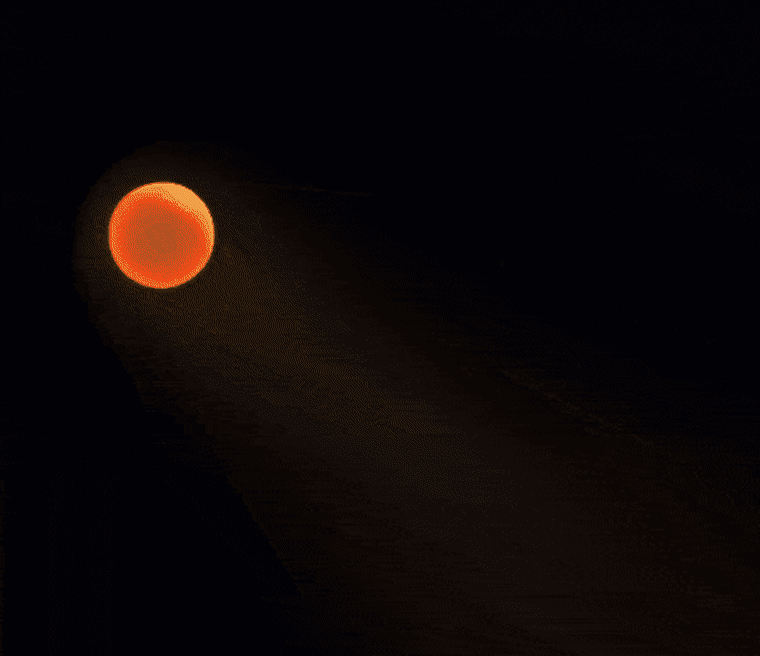Meteor showers and the “shooting stars” they bring may be beautiful, but the most impressive displays only occur about 10 times a year. Now a Japanese startup that bills itself as the world’s first “space entertainment” company says it wants to turn shooting stars from a once-in-awhile thing to something you can order up whenever you want.

ALE Co. Ltd., based in Tokyo, aims to do that with Earth-orbiting satellites that can release metallic pellets to produce spectacular streaks of light as they fall through the atmosphere and harmlessly burn up.
Ordering up your own meteor shower sounds like the ultimate indulgence for rich people and companies in need of a spectacular new marketing tool, but the idea of on-demand sky shows — dreamed up by University of Tokyo astronomer Lena Okajima in 2001 for a project she dubbed “Sky Canvas” — could do more than indulge the whims of the wealthy.
“We’re all guys who, maybe similar to Elon Musk, grew up on sci-fi and the promise of things that we would have in the future,” said Josh Rodenbaugh, who works on ALE’s satellite operations. “For us, a big part of what we want to do is inspire people to get into STEM [science, technology, engineering and math] fields and think about how we’re doing this.”
There might also be a scientific component to the sky shows.
“One of the things we don’t know very well is the upper atmosphere,” said Dr. John Crassidis, a University at Buffalo professor of mechanical and aerospace engineering who is not involved with the project. “If you could eventually put sensors on every one of these things, we could get a sense of the density at certain altitudes, and that would be good science to have.”
And knowing how objects burn up in the atmosphere could also help researchers figure out the composition and origin of real meteors, according to Dr. William Schonberg, a professor of civil, architectural and environmental engineering at the Missouri University of Science and Technology, who is also not involved with ALE.
“If you can take a look at the change in brightness, you can figure out the original properties of what it was that came in,” Schonberg said. “Maybe then we can figure out what it is and where it came from.”
In December, ALE plans to put a single pellet-carrying satellite into orbit at an altitude of about 220 miles. (For context, the International Space Station orbits at an altitude of about 250 miles.) Customers would be able to order a sky show at a particular time and place. When the call comes in, the company would send a signal commanding the satellite to release the pellets at the precise point in its orbit so that the metallic bits would fall — and burn up spectacularly — right where they’re wanted.
Rodenbaugh said calculations show that the fake shooting stars would be visible to anyone within a 100-kilometer (62-mile) radius of their fall through the atmosphere. “That covers all of New York and New Jersey,” he added. “So even though the price point for an individual shooting star might be pretty high, a whole lot of people will get to enjoy them.”
If all goes according to plan, ALE will send up a second satellite in the summer of 2019, with the first demonstration of the private sky shows to come at a public event in Hiroshima in 2020. Ultimately, the company hopes to launch enough satellites that people anywhere on Earth would be able to order up an artificial meteor shower.
ALE has yet to set a price for the displays. “When we get the service up and running,” he said, “we’ll have a better idea of what the price will look like.”
